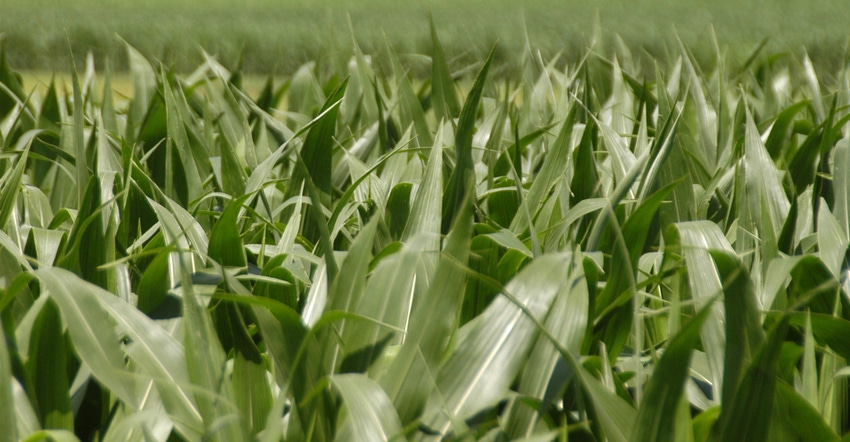February 4, 2019

Accurately estimating cost of production will be vital for farmers in 2019. With low crop prices and a market outlook similar to 2018, “farmers are facing another year of challenges in marketing and producing corn and soybeans at a profit,” says Alejandro Plastina, Iowa State University Extension farm management economist.
The first step toward knowing a profitable price for selling your crop is understanding your input costs. Each year in January, ISU economists release their annual Estimated Costs of Crop Production in Iowa. The 2019 report, authored by Plastina, is now available on ISU Extension’s Ag Decision Maker website.
“Having a firm handle on your cost of production provides a key piece of information to any strong marketing plan,” Plastina says. “You need to know your breakeven to set your target price for marketing the crop. Marketing strategies for farmers include forward-pricing, setting a quantity-only marketing plan or using the spot market. The price consequences of these decisions are substantial.”
Fertilizer, herbicide costs higher
The cost of producing corn after corn and corn after soybeans is up about $40 per acre compared to 2018. The cost for producing soybeans after corn is up about $30 per acre. Increases in the price of nitrogen fertilizer and herbicide prices are the main cause for rising costs. Most of the increased costs are related to fertilizer price increases, especially nitrogen, Plastina notes.
“It was a wet, late fall. And by the time we finished harvesting, we weren’t able to get much nitrogen applied,” says John Hedlund, farming in Cerro Gordo county in northern Iowa. “We’ll have to apply most of it this spring, and we’ll have to pay more.
“Last fall, we paid $450 a ton for anhydrous ammonia. Last week we pre-paid our dealer for spring applied anhydrous and it’s already $600 a ton. There will be a big demand for nitrogen in Iowa this spring, as not very much was applied last fall.”
Also driving demand for nitrogen is the expectation that more corn acres will be planted this year, and fewer soybean acres, Hedlund says. With low soybean prices and the soybean market suffering from decreased export prospects due to tariff and trade policy turmoil, “corn looks like the better bet for 2019, in terms of profit per acre,” he adds.
Comparing corn, soybean costs
ISU estimates the cost of production for continuous corn this year at $3.93, $3.91 and $3.88 per bushel for expected yields of 164, 182 and 200 bushels per acre, respectively. The estimated costs of production per bushel for corn following soybeans are $3.39, $3.39 and $3.38, assuming 178, 198 and 218 bushels per acre, respectively.
Cost-of-production estimates, per bushel, for herbicide-tolerant soybeans are $9.21, $9.04 and $8.86, assuming 50, 56 and 62 bushels per acre, respectively. The total cost per bushel of soybeans is projected at $9.13 for non-herbicide-tolerant beans at 56 bushels per acre.
“The average price for corn is near $3.90 per bushel in recent projections for the 2019 crop marketing year, showing the potential for a slight profit for most yield levels,” says Plastina. “Projections for soybean prices give a more negative outlook at $8.75 per bushel.”
According to the most recent projections, a rented acre of corn following soybeans would need to produce 172 bushels of corn to break even, while a rented acre of genetically modified soybeans would need to produce 58 bushels to break even. However, a rented acre of corn following corn would need to produce 183 bushels of corn to break even.
Land still biggest expense
The highest portion of the cost of production for corn following corn, corn following soybeans and herbicide-tolerant soybeans is land — followed by machinery, seed and fertilizer. A full breakdown of estimated costs of production is available through Ag Decision Maker or by accessing ISU Extension publication FM 1712 “Estimated Costs of Crop Production in Iowa.”
Use the ISU estimates as a guide to develop your own estimated cost of production. “Farmers need to have a strong grasp of their own production expenses,” Plastina says. “Production costs aren’t having the rapid fluctuations we’ve seen in recent years, but current prices and costs are still creating a lot of uncertainty when it comes to profitability on individual farming operations. Knowing your costs is the key.”
About the Author(s)
You May Also Like






